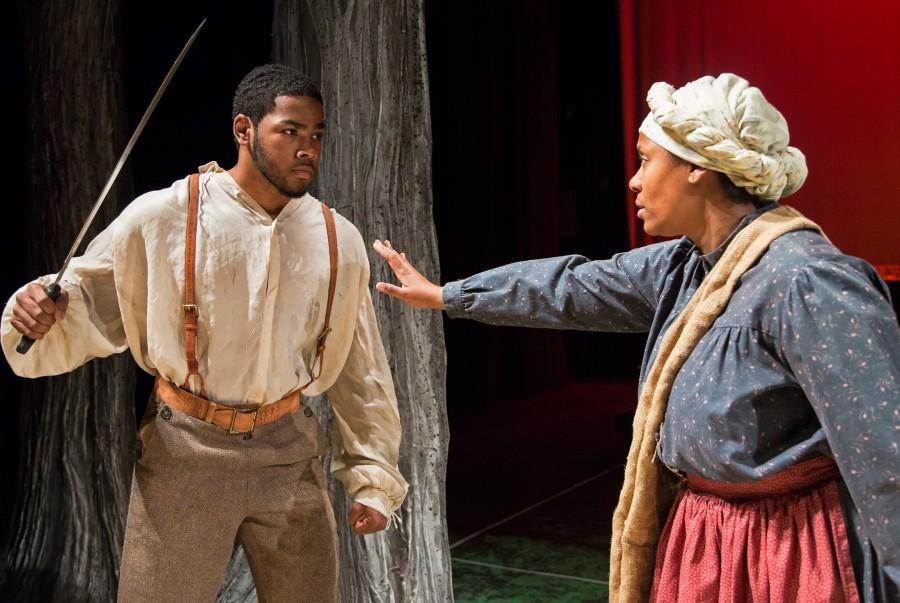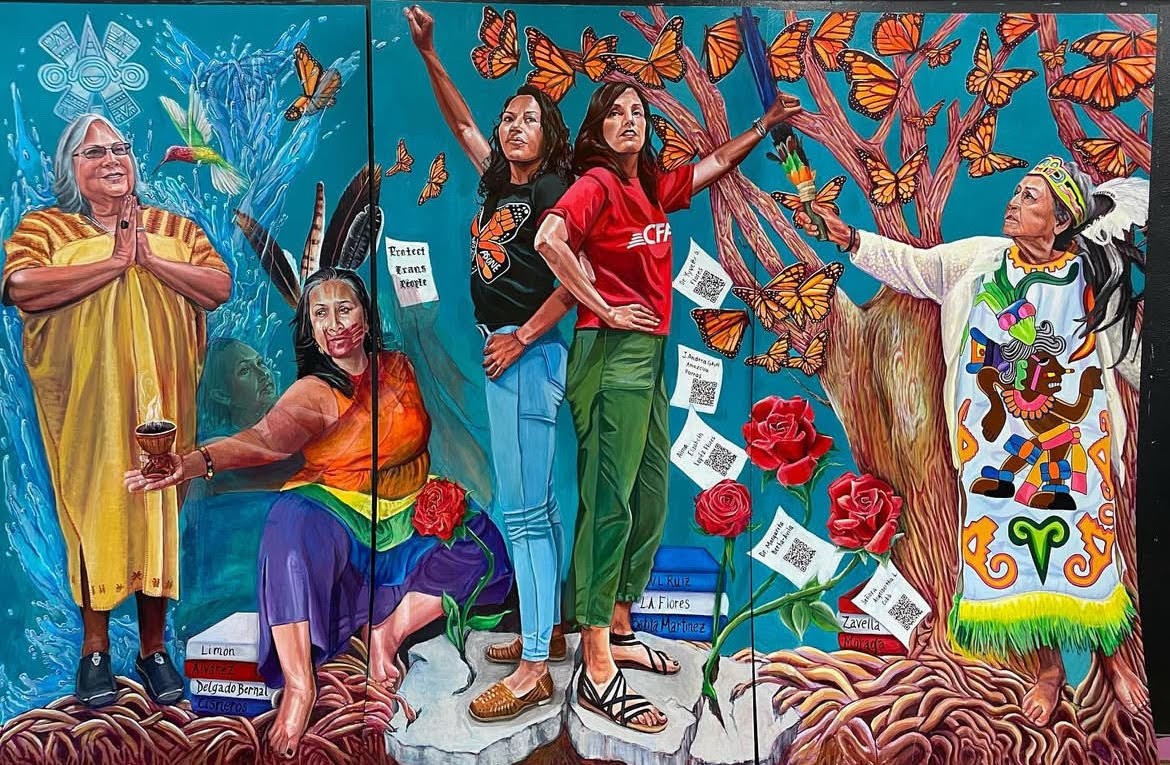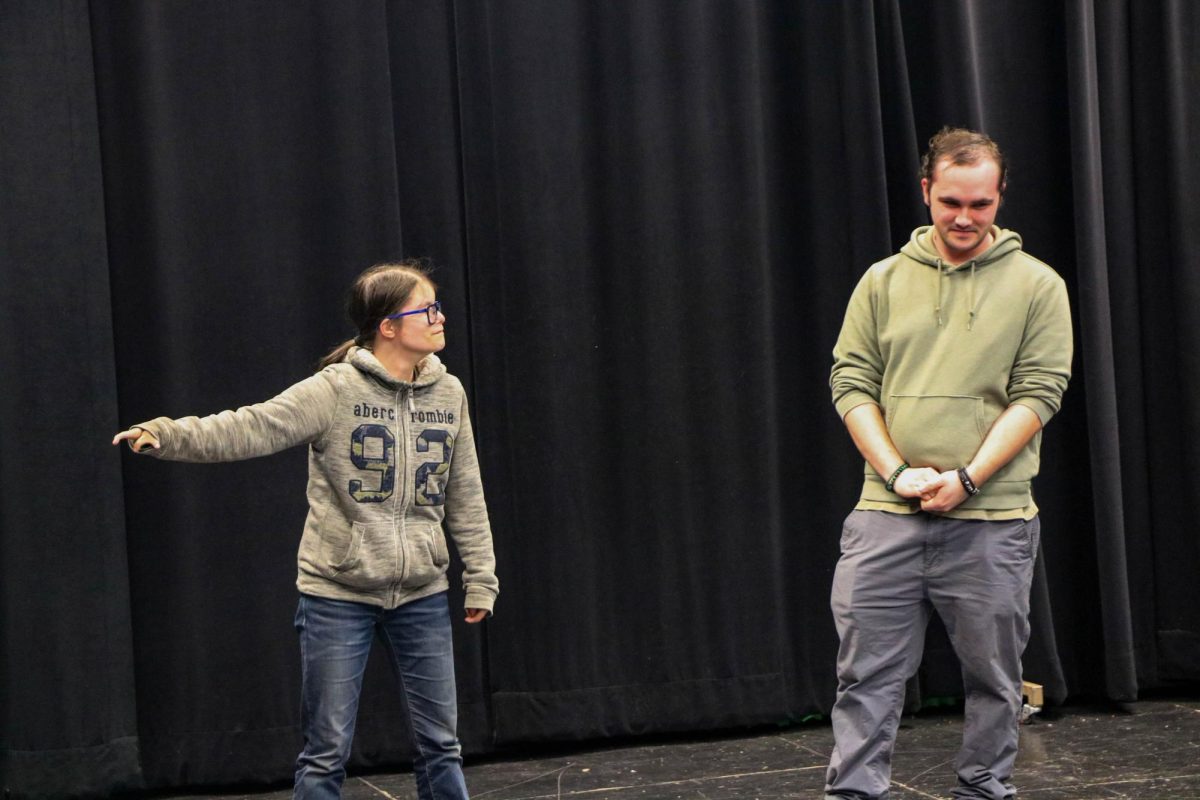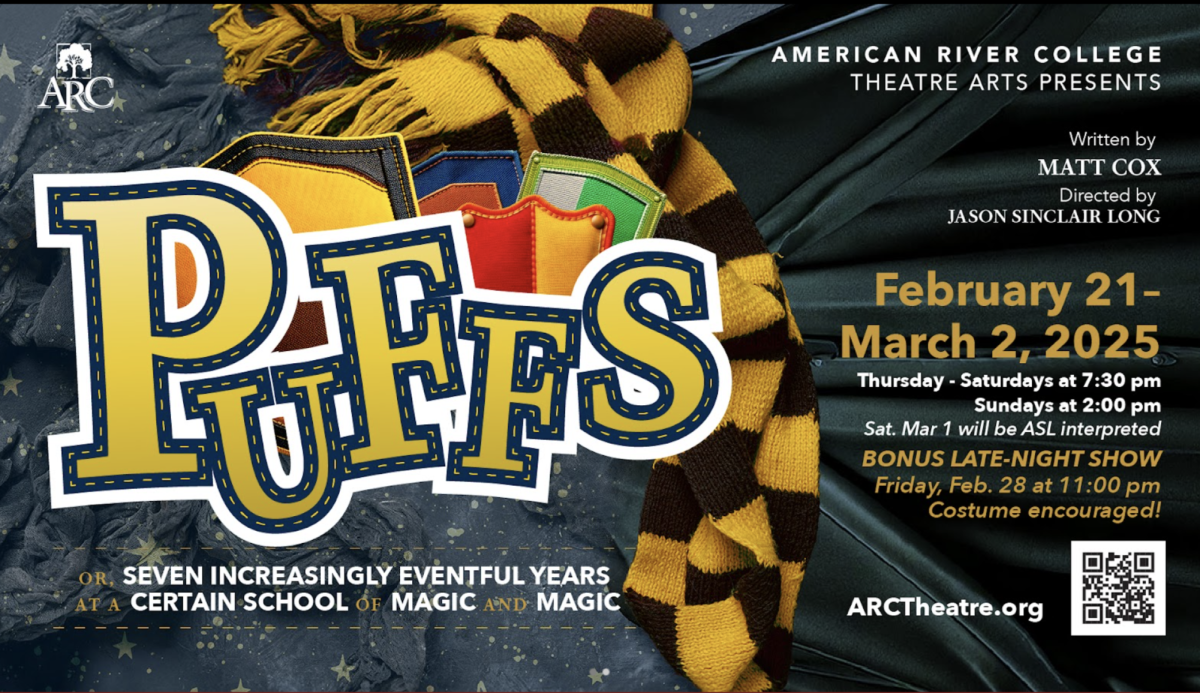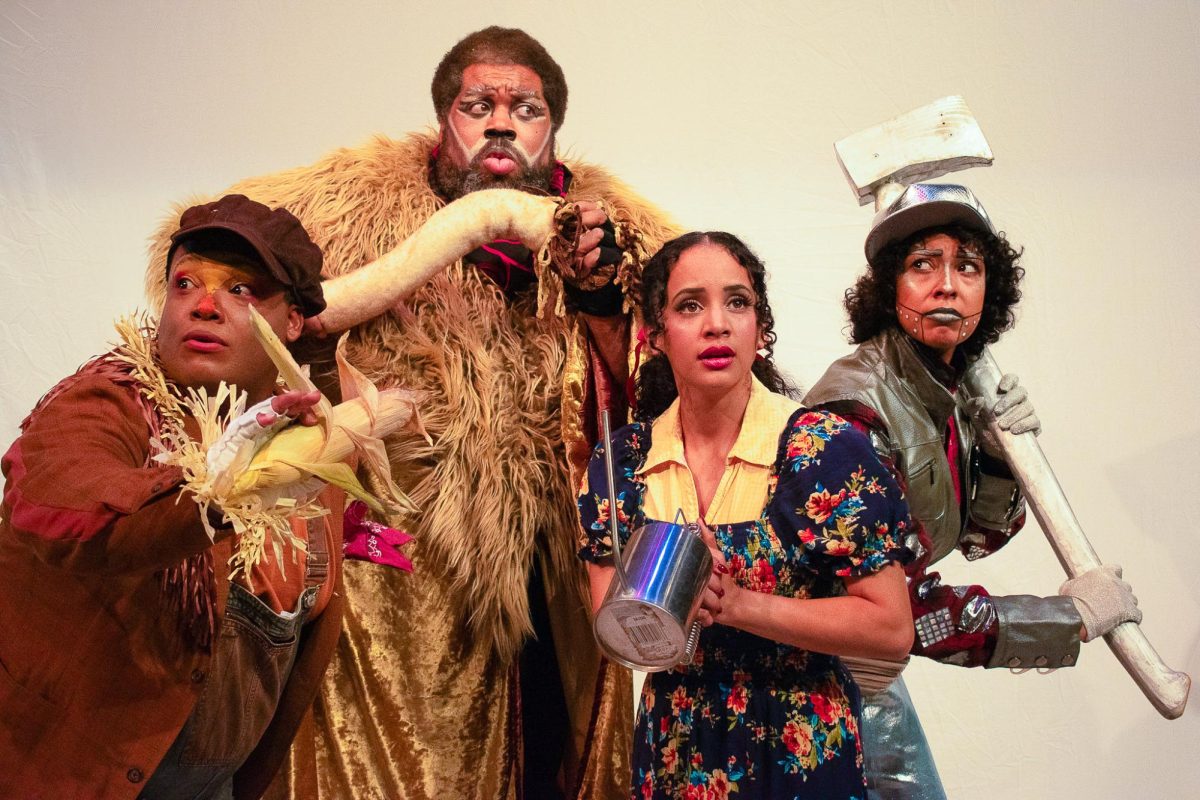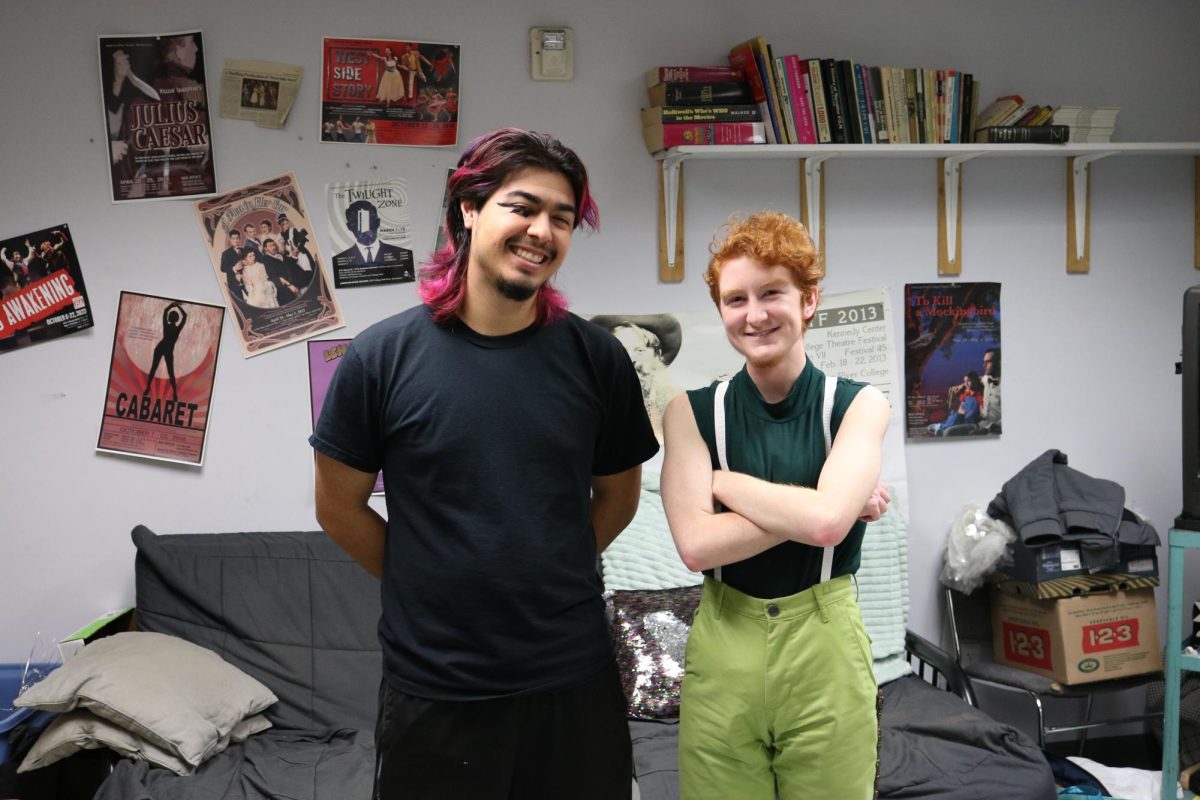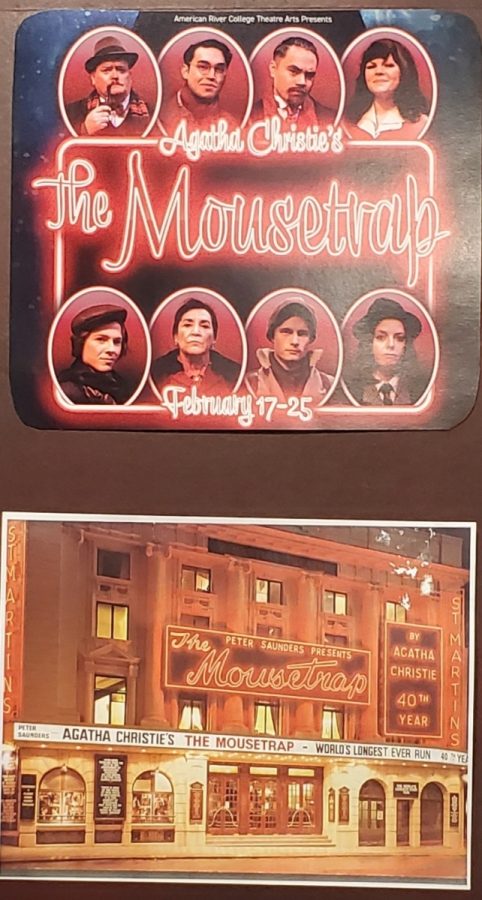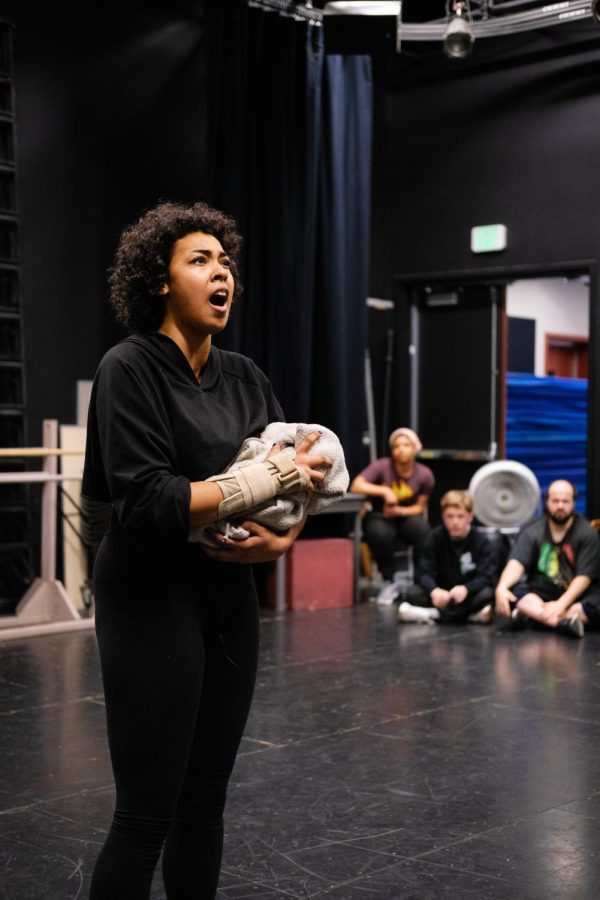The Sacramento State University theater department’s production of “Flight” by Charlayne Woodward uses the traumatic event of a woman being sold into slavery as its driving force to tell separate, individual slave narratives that take place in a forest that is so life-like that it becomes easy to be lost in its world.
Laws were passed forbidding teaching slaves how to read and write. As a result, slaves would tell each other stories through the oral tradition.
An explanation of the differences between men and women and a story of two girls being stolen from Africa are a few examples of how the tones of each story vary from one another.
The production begins with a child, Li’l Jim (played by Noah Hayes), climbing up a tree to hide after witnessing his mother, Sadie, being sold to another owner after she was caught reading.
The boy’s father, Nate, and the other slaves attempt to coax him down by telling each other personal stories and folktales from Africa.
The audience does not meet the boy’s mother through the course of the play, but her absence is particularly felt when characters talk about her in the past tense.
Award-winning author Toni Morrison argued that the slave narratives written by Frederick Douglas were initially intended for a white audience as a tool to gain white supporters against slavery. What makes “Flight” compelling is its all black cast.
The reason why this is important is that reinforces Woodward’s intention of giving a voice to the voiceless, in this particular case, to black slaves.
None of the characters that are in “Flight” are one dimensional, but resemble flesh and blood people. Each character exhibits flaws, such as Nate’s (played by Joshua Johnson) quickness to anger to Alma’s jealousy (played by Taylor Vaughan), and because of this quality, the characters are believable.
African ancestral spirits appear throughout the play. The cast dances and sings to celebrate where the characters came from.
The director of “Flight”, Melinda Wilson Ramey, wrote in her director’s note that she wanted to produce a play that her three year old would be able to attend.
While the play features puppets similar to that of the puppets from the Jim Henson Company, the issue of slavery is not sugarcoated.
The play’s believability is further enhanced by its sets.
The audience is given the impression that they are in a dense forest, and when the group hears that there is a search for a runaway slave, the fear emanating from the characters is palpable as they stare off into the distance.
“Flight” is ultimately a story of slaves trying to keep their dignity in an undignified time by holding onto their origins.
The production’s major accomplishment is that it makes the audience mournful not just for the principal characters, but also for the generations who were forced to suffer through slavery.


